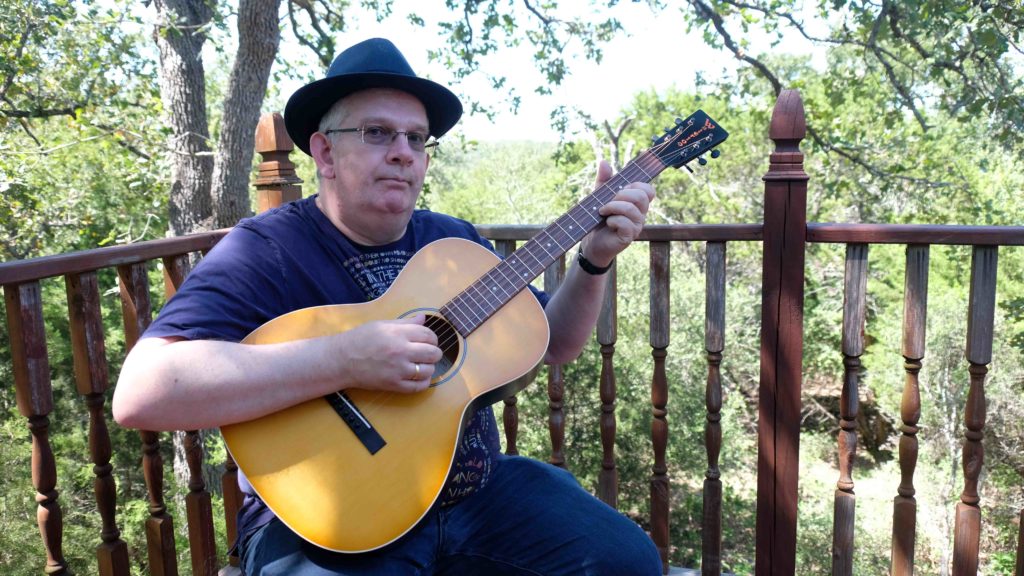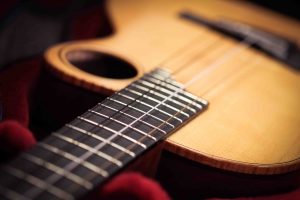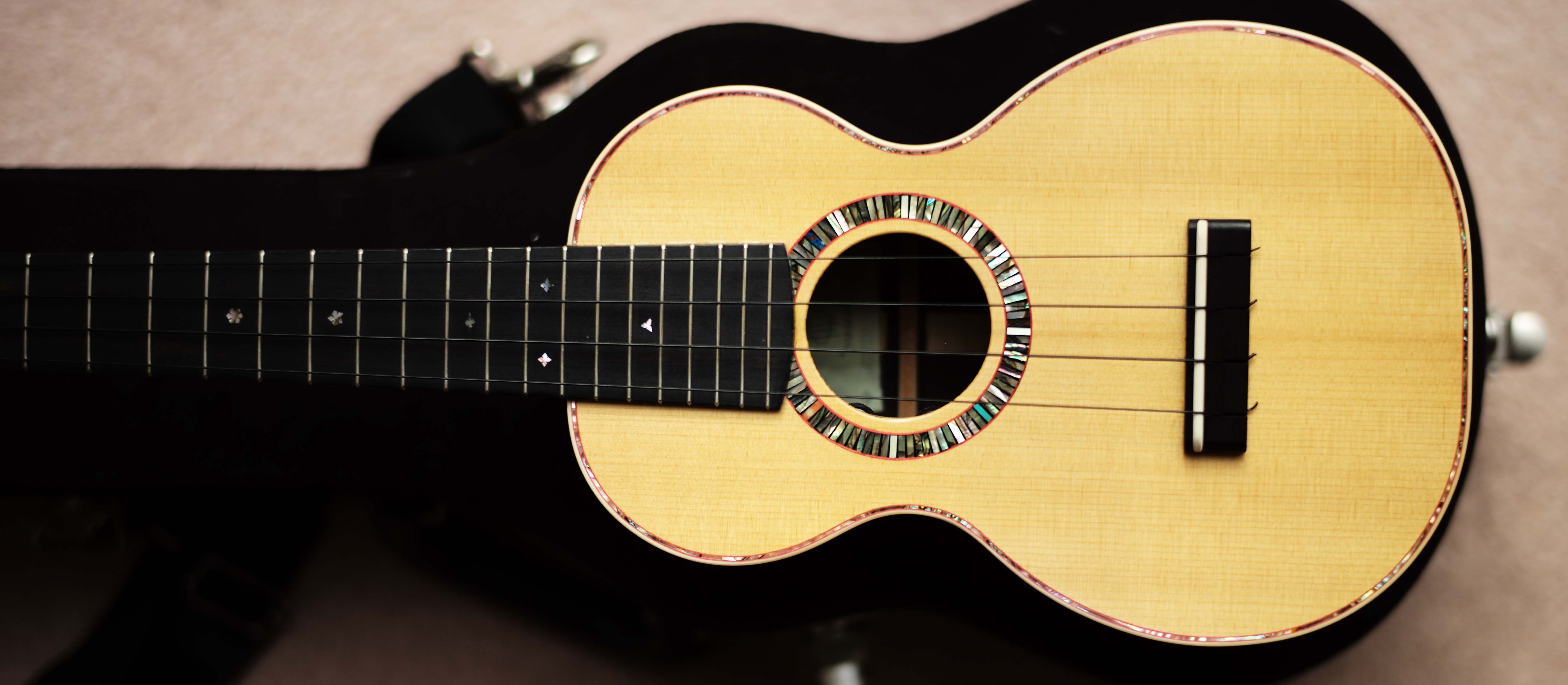I have always been a great fan of superb musical instruments and over the years have become a collector of many really superb items. This requires a significant investment in time and money as well as some good strategic thinking to avoid having to build a house extension. At least with ukuleles and similar sized instruments, space is not so much of an issue!
 I’m lucky to be able to travel extensively across the globe each year and seek out the vest best instruments, many of which are never located in the UK. Japan and the USA remain the best places for items and both Takahiro Shimo and Bill Collings instruments still make the top of the list. In both the guitar and ukulele world, there are endless “ok instruments” that sound fine, but there are far less really great instruments that are sonically at another level. Inevitably there is a higher price point for such instruments but in my experience, it’s always smart to get the best instrument you can afford.
I’m lucky to be able to travel extensively across the globe each year and seek out the vest best instruments, many of which are never located in the UK. Japan and the USA remain the best places for items and both Takahiro Shimo and Bill Collings instruments still make the top of the list. In both the guitar and ukulele world, there are endless “ok instruments” that sound fine, but there are far less really great instruments that are sonically at another level. Inevitably there is a higher price point for such instruments but in my experience, it’s always smart to get the best instrument you can afford.
When I have the occasional instrument cull, I apply the following criteria to determine what stays and what is moved on.
- Do I use the instrument for writing?
- Do I record with the instrument?
- Do I play live with the instrument/
- Is the instrument an investment, it’s extremely rare, or has great sentimental value?
Any instrument ticking one or more boxes will stay in the collection. Some instruments like the Shimos will tick 3 – 4 boxes, so they are keepers. All live playing instruments need to have pickups or some means of amplification and not all great writing instruments are great in a live gig situation. One example is the Collings ukes. These are fantastic for writing and recording, but I have never been 100% happy with them being amplified.
 The Shimo Comet 3 with a DTar pickup remains my first call for recording and has been used on 30+ tracks to date. I still have my Rob Collings blackwood tenor and mahogany baritone, but I moved on 5 others from him for a variety of reasons including bridge issues. The two remaining items are great (I have my tech sort the tenor bridge) and have been used on many gigs.
The Shimo Comet 3 with a DTar pickup remains my first call for recording and has been used on 30+ tracks to date. I still have my Rob Collings blackwood tenor and mahogany baritone, but I moved on 5 others from him for a variety of reasons including bridge issues. The two remaining items are great (I have my tech sort the tenor bridge) and have been used on many gigs.
Collings Guitars and Stefan Sobell instruments are built to the highest standards and never have any weaknesses. I have two Sobell guitars and a mandola, all of which are superb. I have 3 Collings concert ukes, one tenor, a tenor guitar, an acoustic 6 string, a Waterloo 6 string, and an electric I35. All of these are terrific and to date, I have never played any Collings instrument that is not perfect in construction. Rarer items include a James Triggs tenor uke that was a prototype for Gibson, a 1920s Martin uke and two Parker guitars, the Spanish Fly and The Bronze, now impossible to find.
No ever “keeper” in the collection needs to cost a fortune, but often with production models, there is a big variation in quality. This is why reviews are recommendations online are often nothing like as useful as having the instrument in your hands. I have played many guitars and ukes that in theory should sound the same but can vary massively. Guitarists know that certain eras tend to produce better instruments, but personal contact is always the best way to go. Finally, many instruments can make for great investments, if you know what to look for. I’ve usually at least got my money back on items I have moved on and of course, the only way to discover what you truly love is to spend some time playing the instrument. Usually, if I am in a store and I’m still playing for more than 20 minutes, that instrument is a strong contender in joining the family!
